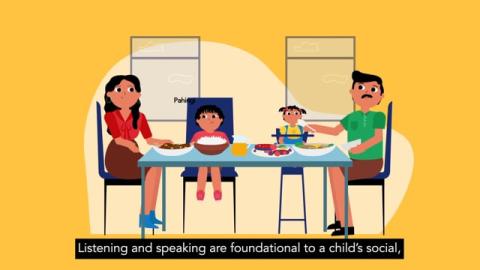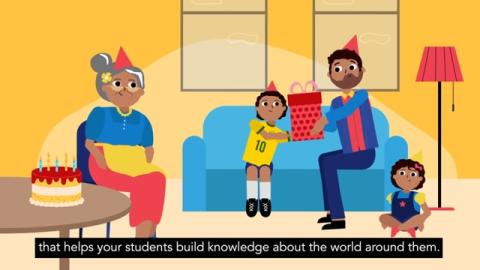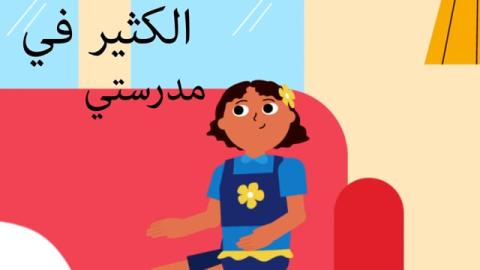The EAL/D Early Learner animation series:
- explores the ways that teachers can support students who are learning English as an additional language or dialect
- links to the new NSW English syllabus
- provides practical strategies to support teachers as they develop teaching and learning programs
- supports families with tips about what they can do in the home to support their child’s learning.
The resource has been developed to:
- advise teachers about areas of the curriculum that EAL/D students may find challenging
- help teachers understand students’ cultural and linguistic diversity, and the ways this understanding can be used in the classroom
- provide examples of teaching strategies supportive of EAL/D students
- recognise the important role families play in their child’s learning and how this learning supports a child’s lifelong educational journey.
Oral language – practical tips for EAL/D students
- Determine the first language print experiences of EAL/D students in the class.
- Create a language rich environment e.g. name cards, wall charts, posters, signs and label items in the classroom.
- Teach ‘everyday’ vocabulary explicitly. Build visual word banks and concrete items to explain everyday vocabulary.
- Make use of illustrations and photographs in picture books to teach new vocabulary.
NSW syllabus link:
- communicates effectively by using interpersonal conventions and language with familiar peers and adults - ENE-OLC-01
- understands and effectively uses Tier 1 words and Tier 2 words in familiar contexts - ENE-VOCAB-01

Reading – practical tips for EAL/D students
- Use texts from the students’ first language to model and prompt language.
- Ask parents or bilingual assistants to assist, as the students may know this vocabulary in their first language.
- Allow EAL/D students time and space to become contributors to classroom discussions.
- One– on– one interactions and small group work can support this.
NSW syllabus link:
- comprehends independently read texts using background knowledge, word knowledge and understanding of how sentences connect - ENE-RECOM-01
- understands and responds to literature read to them - ENE-UARL-01

Pronunciation and Phonemic Awareness – practical tips for EAL/D students
- Explicitly teach the purpose of upper-case letters, and make clear the differences between upper-case and lower-case letters, particularly when they are quite dissimilar (for example Qq, Rr, Ee, Dd).
- Teach the variability of English sound–letter matches. Ask students to underline or colour the graphemes with the same phoneme (for example boat, know, no) as they occur in texts being read.
- Build word banks to show a phoneme, along with its different grapheme matches.
- Give explicit support with the ways sounds are pronounced in English, including showing lip and tongue positions for challenging sounds such as ‘th’.
NSW syllabus link:
- identifies, blends, segments and manipulates phonological units in spoken words as a strategy for reading and creating texts - ENE-PHOAW-01
- uses single-letter grapheme–phoneme correspondences and common digraphs to decode and encode words when reading and creating texts - ENE-PHOKW-01

Writing – practical tips for EAL/D students
- Allow EAL/D students to use drawings to communicate, and the teacher can label these to build English vocabulary.
- Provide text structure frameworks within which to write specific types of texts.
- Use model texts to demonstrate and explain the steps in a type of text.
- Engage students in teacher– led joint construction of new types of texts.
- Allow students time to think and plan their writing in their first language.
NSW syllabus link:
- creates written texts that include at least 2 related ideas and correct simple sentences ENE-CWT-01
- understands and responds to literature read to them ENE-UARL-01
